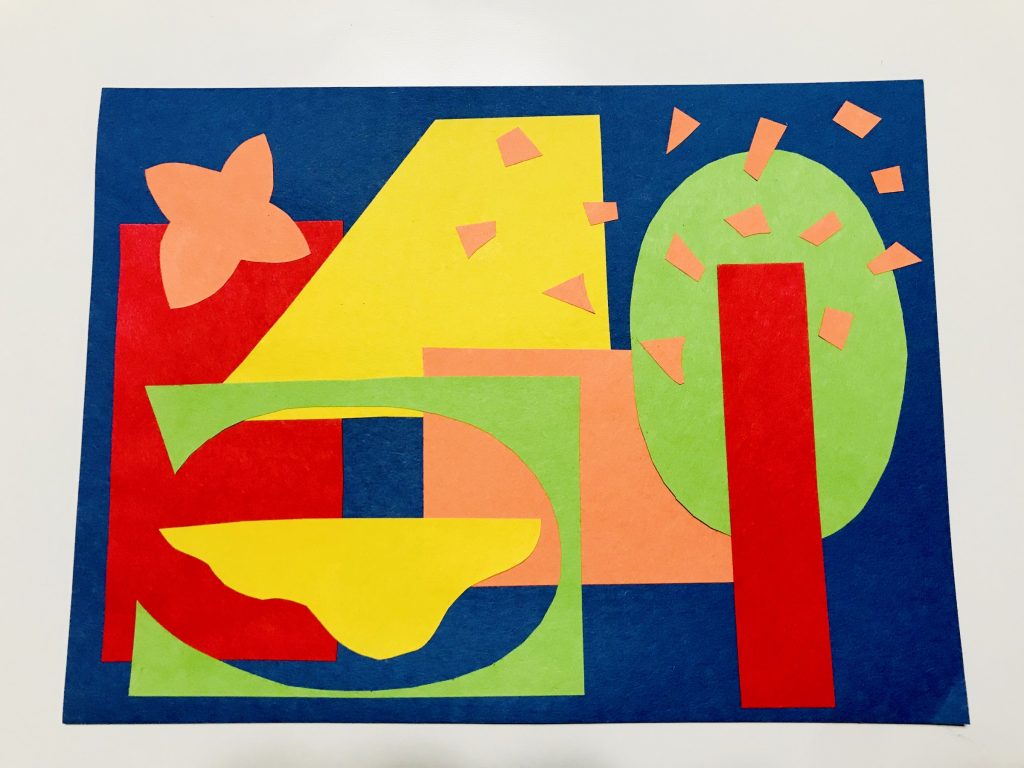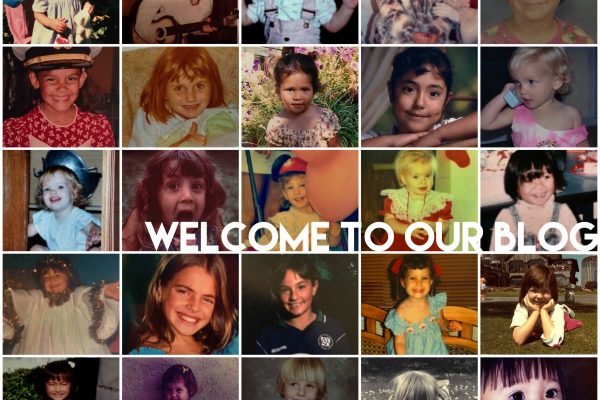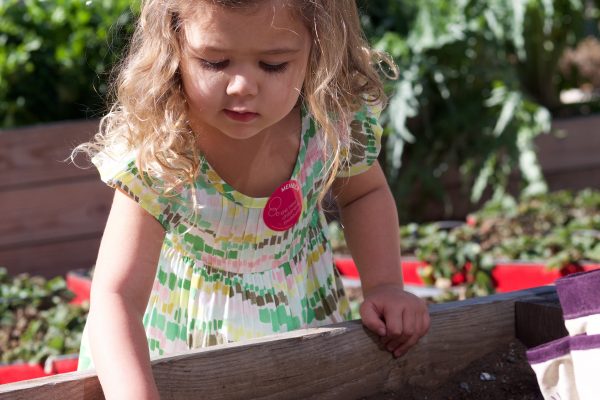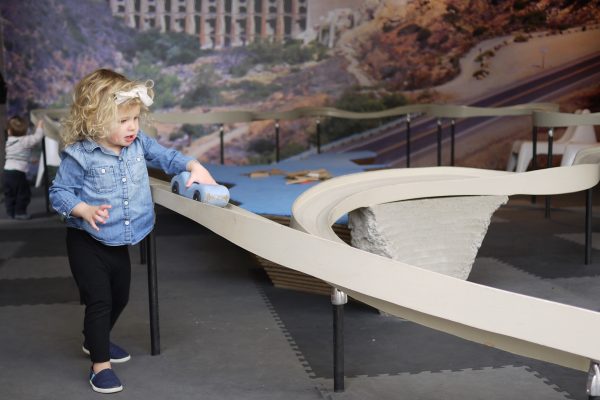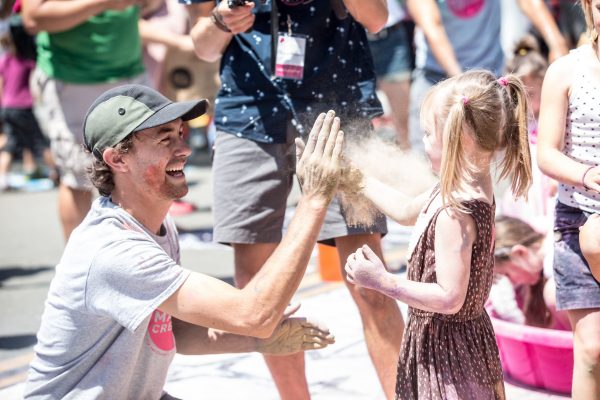do it yourself: paper collage challenge
Challenge yourself to design a paper collage made up of cut pieces of paper without using a pencil. Enjoy the surprises that come from drawing with your scissors and seeing what shapes appear as you play with paper. When ready, glue everything down to make a unique collage work!
Paper Collage Challenge Tutorial
AGE: 4+ (with adult support)
TIME FRAME: 30 minutes
SUPPLIES:
- 5 pieces of any paper (in different colors, patterns or types)
- Pair of Scissors
- Glue Stick
- Ziploc Sandwich Bag
directions
1. Select and ready your papers. Start by finding five different papers to use in your collage and then choose one of them as the background paper onto which you’ll cut and paste your other papers. Tip: bright colors will stand out more on a dark background. Take your other papers and cut them in half twice until they are about 1/4 the size of your background paper. You should now have one background paper and 4 smaller rectangular-shaped papers for cutting into shapes.
2. Cut out your big shapes. Take the four smaller pieces of paper and cut each one into a large block shape. How can you make your shapes distinct from each other? Can you make some with straight edges and others with curves? Create a composition with them on the background paper. Play with overlapping them and placing them in different directions. Then glue them down on your paper. For any cutting that you’ve done, be sure to save your scraps and place them in your Ziploc sandwich bag. You’ll be using your scraps for the next step!
3. Cut and add your small shapes. Take the scrap papers from your Ziploc sandwich bag and use scissors to cut them into various smaller shapes. You can also keep and use the shapes that were leftover from cutting your larger shapes. The large shapes are called positive shapes and the remaining outlines are called negative shapes. Play with adding smaller shapes to your design, and, when ready, glue them down!
4. Share your design! You’ve finished the challenge! Were you able to create your paper collage without using a pencil and using most of the scrap papers? Share your finished design with your family or friends. What surprised you while making it? Do you have a favorite shape that came from it? Think about your discoveries and challenges, and share about them. If you have more paper available, try a new design!
Additional Learning Activities (Grades K – 5)
Paper Collage and Drawing
It’s hard to look at shapes and not start to see objects in them. Have fun with this idea and, together with your child, see what you can see in the shapes they are making. For a twist on this project, use a pencil and add drawing to the shapes to create objects. Have fun playing this shape game together!
Observe Your World
Artists are always observing their worlds and using what they see to inspire their works. Why not look around you and your world for interesting shapes and use them in your design. With your child, go on a shape hunt and choose shapes to recreate in their picture. Or, encourage them to select shapes/objects that have personal significance to them.
Select a Story!
Reading is a wonderful vehicle for learning and for introducing new ideas to learners. Select engaging and age-appropriate books that feature shapes or illustrations using collage and read to your child before and/or after the Paper Collage Challenge activity.
Recommended Related Reading (Ages 4 – 10):
- Black and White by Tana Hoban
- You Matter by Christian Robinson
- Saturday by Oge Mora
- Radiant Child: The Story of Young Artist Jean-Michel Basquiat by Javaka Steptoe
CA Arts Standards for Visual Art (Grades K – 5)
- Engage in exploration and imaginative play with various art materials.
- Explore the uses of materials and tools to create works of art or design.
- Use observation and investigation in preparation for making a work of art.
- Repurpose found objects to make a new artwork or design.
- Discuss and reflect with peers about choices made in creating artwork.
- Create personally satisfying artwork using a variety of artistic processes and materials.
- Discuss, reflect and add details to enhance an artwork’s emerging meaning.
- Brainstorm individual and collaborative approaches to a creative art or design problem.
- Identify, describe and visually document places and/or objects of personal significance.
